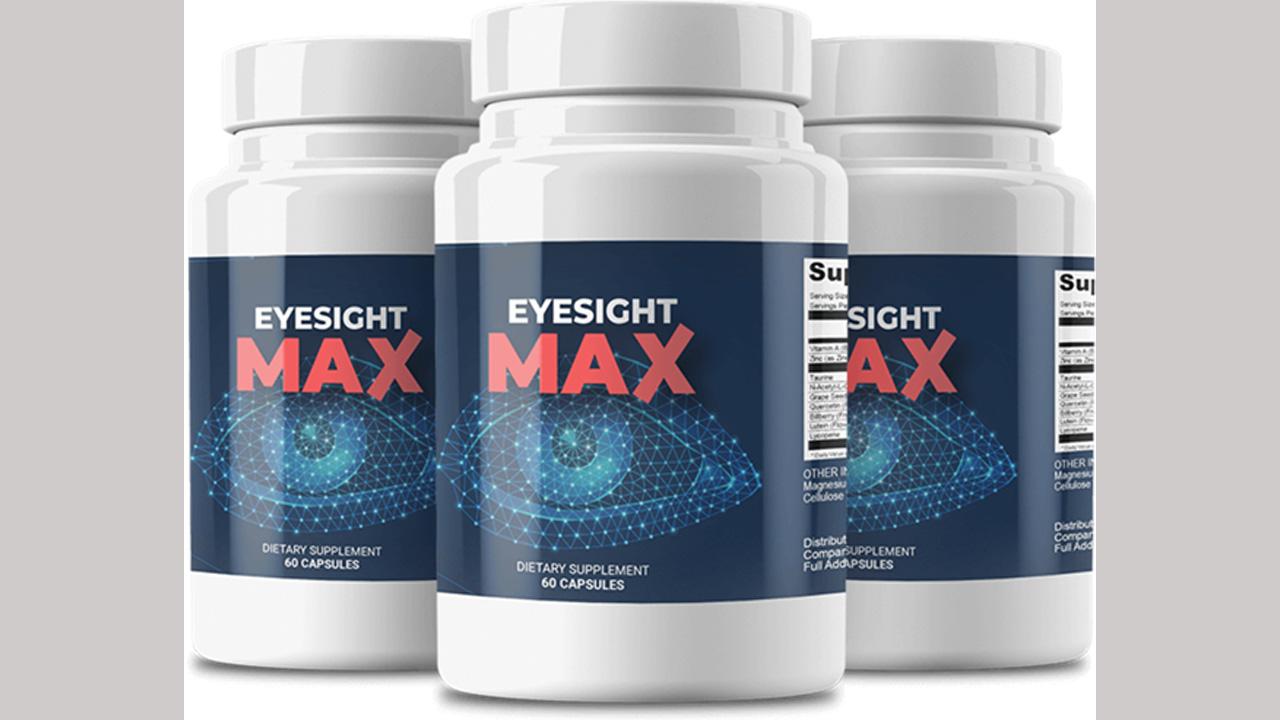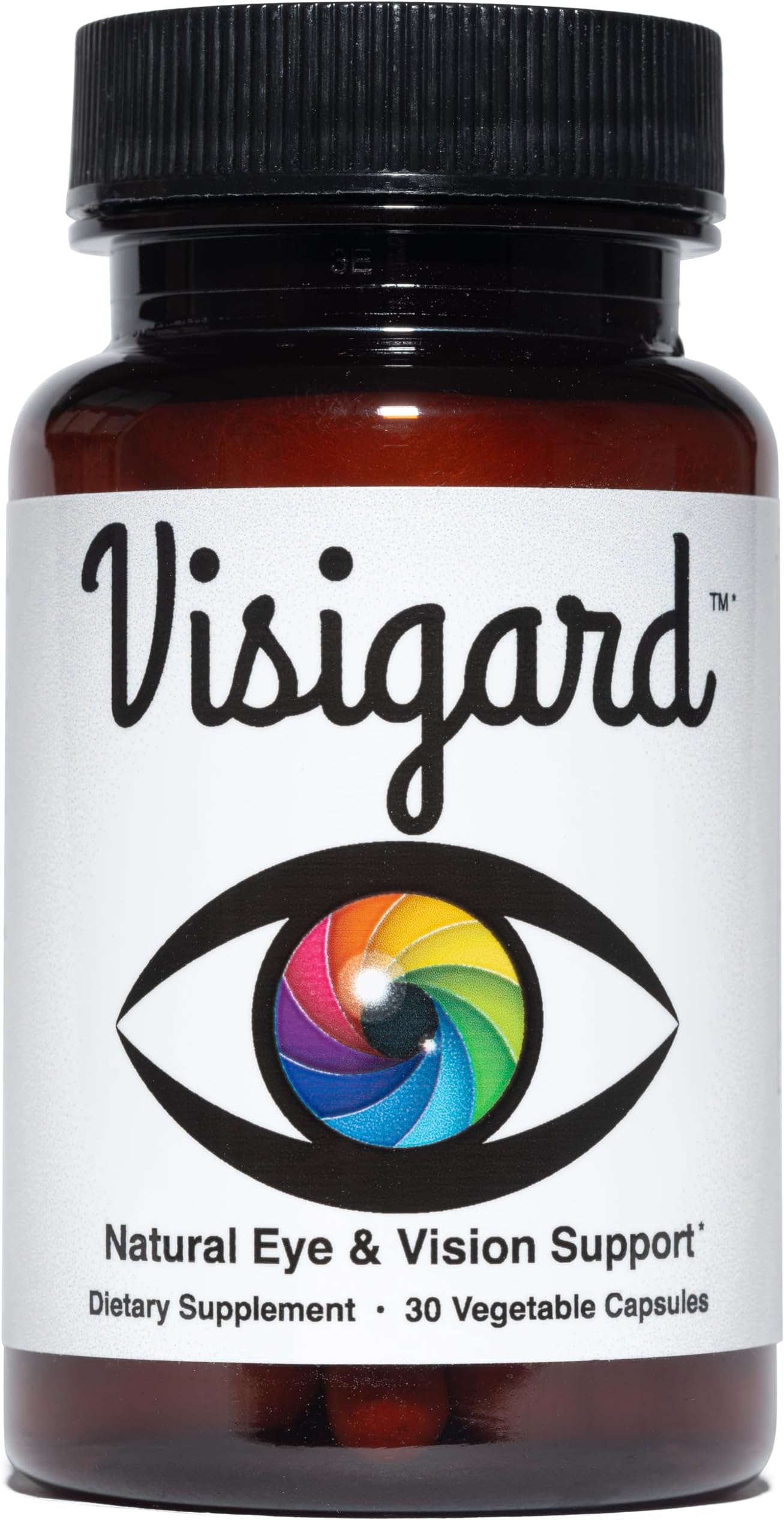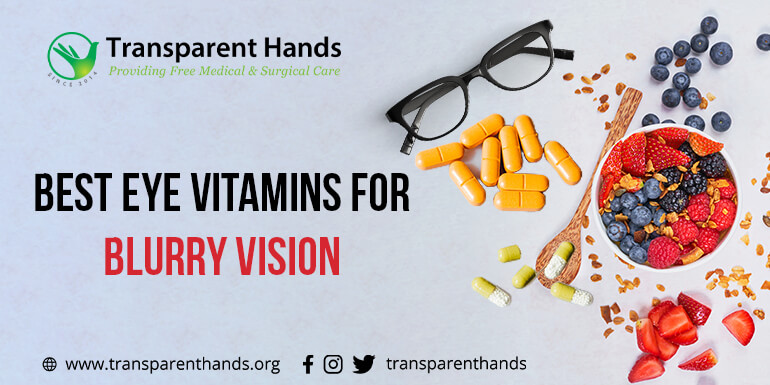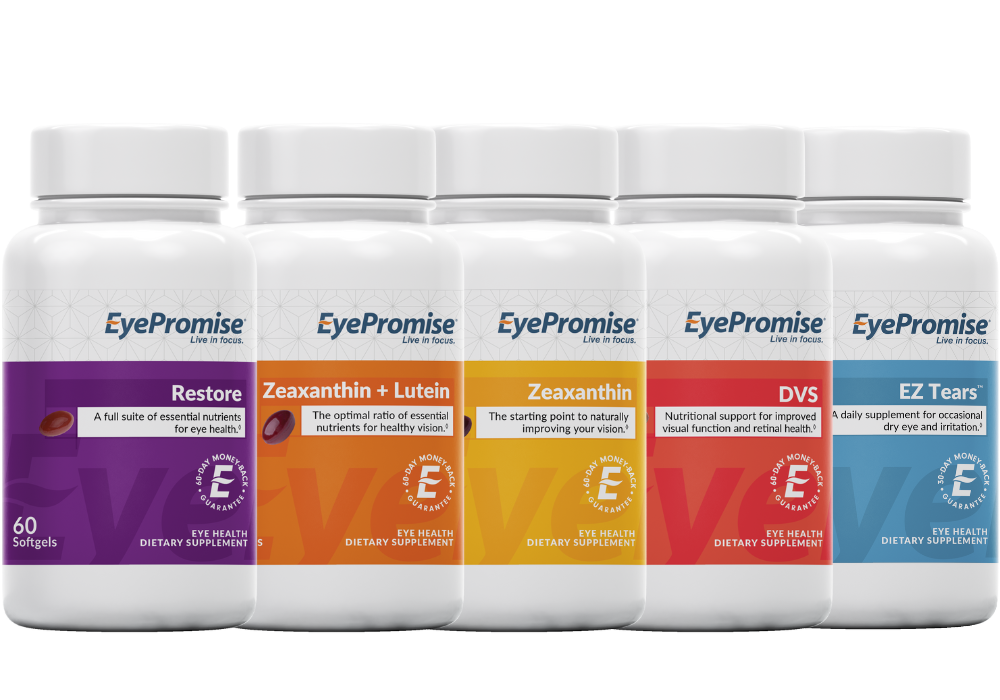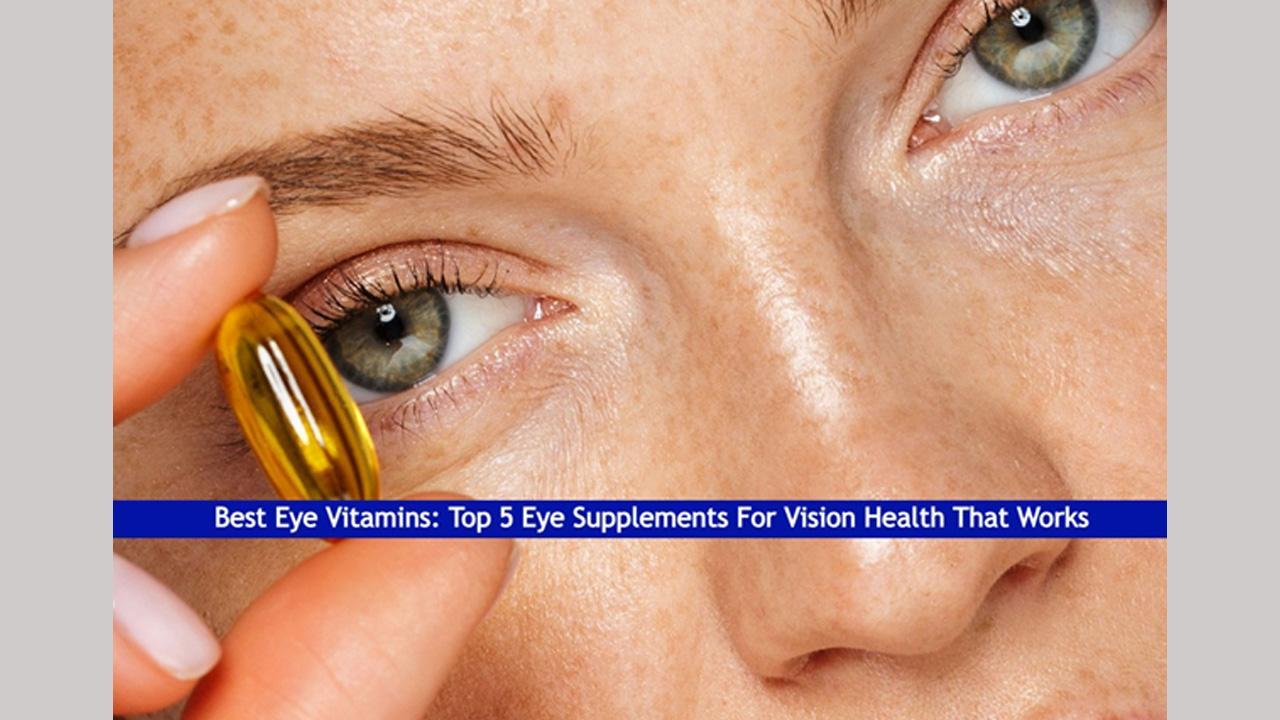What Vitamin Aids In Night Vision

Imagine standing under a vast, inky sky, stars twinkling like diamonds scattered across velvet. Your eyes strain, trying to make out the shapes of trees silhouetted against the faint horizon. The world feels muted, indistinct, as if veiled in a soft, gray fog. But what if there was a way to sharpen your vision, to pierce through the darkness and see the world with greater clarity?
The unsung hero of night vision is a familiar friend: Vitamin A. This essential nutrient plays a crucial role in the intricate processes that allow our eyes to adapt to low-light conditions, enabling us to navigate the world even when the sun dips below the horizon.
Vitamin A’s impact on vision is far-reaching, extending beyond just nighttime acuity. Understanding its function and ensuring adequate intake can significantly impact overall eye health and potentially prevent vision-related problems.
A Look Back: Discovering the Link
The story of Vitamin A and its connection to vision dates back to the early 20th century. Scientists began to notice a link between dietary deficiencies and impaired vision, particularly in low light.
Researchers soon identified the crucial role of a fat-soluble nutrient, eventually named Vitamin A, in maintaining healthy vision. This discovery revolutionized our understanding of eye health and paved the way for interventions to prevent and treat vision problems related to deficiency.
Dr. Alfred Sommer, a renowned ophthalmologist, dedicated much of his career to studying Vitamin A deficiency, especially in developing countries. His work highlighted the devastating impact of this deficiency on children's vision and overall health, prompting global efforts to combat the problem.
How Vitamin A Works its Magic
Vitamin A's magic begins with retinal, a form of the vitamin that combines with a protein called opsin to form rhodopsin. Rhodopsin is the light-sensitive pigment found in the rod cells of the retina.
Rod cells are responsible for our vision in dim light. When light hits rhodopsin, it triggers a cascade of events that sends a signal to the brain, allowing us to perceive the world around us in the dark.
In essence, Vitamin A is a building block for the molecules that capture light in our eyes. Without sufficient Vitamin A, rhodopsin production suffers, making it harder to see in low-light conditions, a condition known as night blindness or nyctalopia.
Sources of Vitamin A: Filling Your Plate
Fortunately, obtaining enough Vitamin A is often as simple as making smart food choices. A colorful array of foods are rich in this vital nutrient.
Preformed Vitamin A, also known as retinol, is found in animal products such as liver, dairy products, and eggs. These sources provide Vitamin A in a form that the body can readily use.
Provitamin A carotenoids, such as beta-carotene, are found in plant-based foods like carrots, sweet potatoes, spinach, and kale. The body converts these carotenoids into retinol as needed.
According to the National Institutes of Health (NIH), adult men need about 900 micrograms of retinol activity equivalents (RAE) of Vitamin A per day, while adult women need about 700 mcg RAE.
Remember, variety is key! Including a diverse range of these foods in your diet can help ensure you're meeting your daily Vitamin A requirements.
When Deficiency Becomes a Concern
While obtaining enough Vitamin A is generally achievable through diet, deficiencies can occur, particularly in certain populations. Factors such as poor dietary intake, malabsorption disorders, and certain medical conditions can increase the risk.
Symptoms of Vitamin A deficiency can range from mild to severe. Mild symptoms might include dry eyes and difficulty seeing in dim light.
Severe deficiency can lead to more serious problems, including xerophthalmia, a condition characterized by dryness and damage to the cornea, and, in extreme cases, blindness.
Addressing Deficiency
If you suspect you might be deficient in Vitamin A, it's essential to consult with a healthcare professional. A doctor can assess your condition and recommend appropriate interventions.
Treatment for Vitamin A deficiency typically involves increasing dietary intake of Vitamin A-rich foods or taking Vitamin A supplements. The specific approach will depend on the severity of the deficiency and any underlying medical conditions.
Supplementation should always be done under the guidance of a healthcare provider, as excessive Vitamin A intake can be toxic.
Beyond Night Vision: Vitamin A's Broader Role
While its role in night vision is widely recognized, Vitamin A contributes to many other aspects of health. It plays a crucial role in immune function, cell growth, and maintaining healthy skin.
Vitamin A supports the growth and development of cells throughout the body. It's also vital for the proper functioning of the immune system, helping to protect against infections.
The nutrient also helps maintain the integrity of epithelial tissues, which line the surfaces of the body, including the skin, respiratory tract, and digestive tract.
A Note on Responsible Supplementation
While ensuring adequate Vitamin A intake is essential, it's also important to be mindful of upper limits. Excessive intake of preformed Vitamin A can lead to toxicity, causing symptoms such as nausea, headache, and liver damage.
It's generally recommended to obtain Vitamin A primarily through diet. If supplementation is necessary, it should be done under the guidance of a healthcare professional who can determine the appropriate dosage.
The upper tolerable intake level (UL) for adults is 3,000 mcg RAE per day. Exceeding this level can pose health risks.
The Bright Future of Vision Research
Research continues to explore the intricate relationship between Vitamin A and vision, as well as its potential role in preventing and treating various eye diseases. Studies are investigating the effects of Vitamin A on conditions such as age-related macular degeneration and cataracts.
Scientists are also exploring novel ways to deliver Vitamin A to the eyes, such as through topical eye drops, which could potentially improve treatment outcomes.
The ongoing research promises to further illuminate the role of Vitamin A in maintaining healthy vision and preventing vision loss.
Seeing the Light: A Concluding Thought
So, the next time you gaze upon a starlit sky, remember the unsung hero working behind the scenes: Vitamin A. This humble nutrient plays a vital role in helping us navigate the world, even when the lights are low.
By making informed choices about our diet and seeking professional guidance when needed, we can harness the power of Vitamin A to protect our vision and embrace the beauty of the world around us, day and night.
Ultimately, understanding and prioritizing Vitamin A intake is an investment in a brighter, clearer future, where we can all see the world with greater clarity and appreciation.
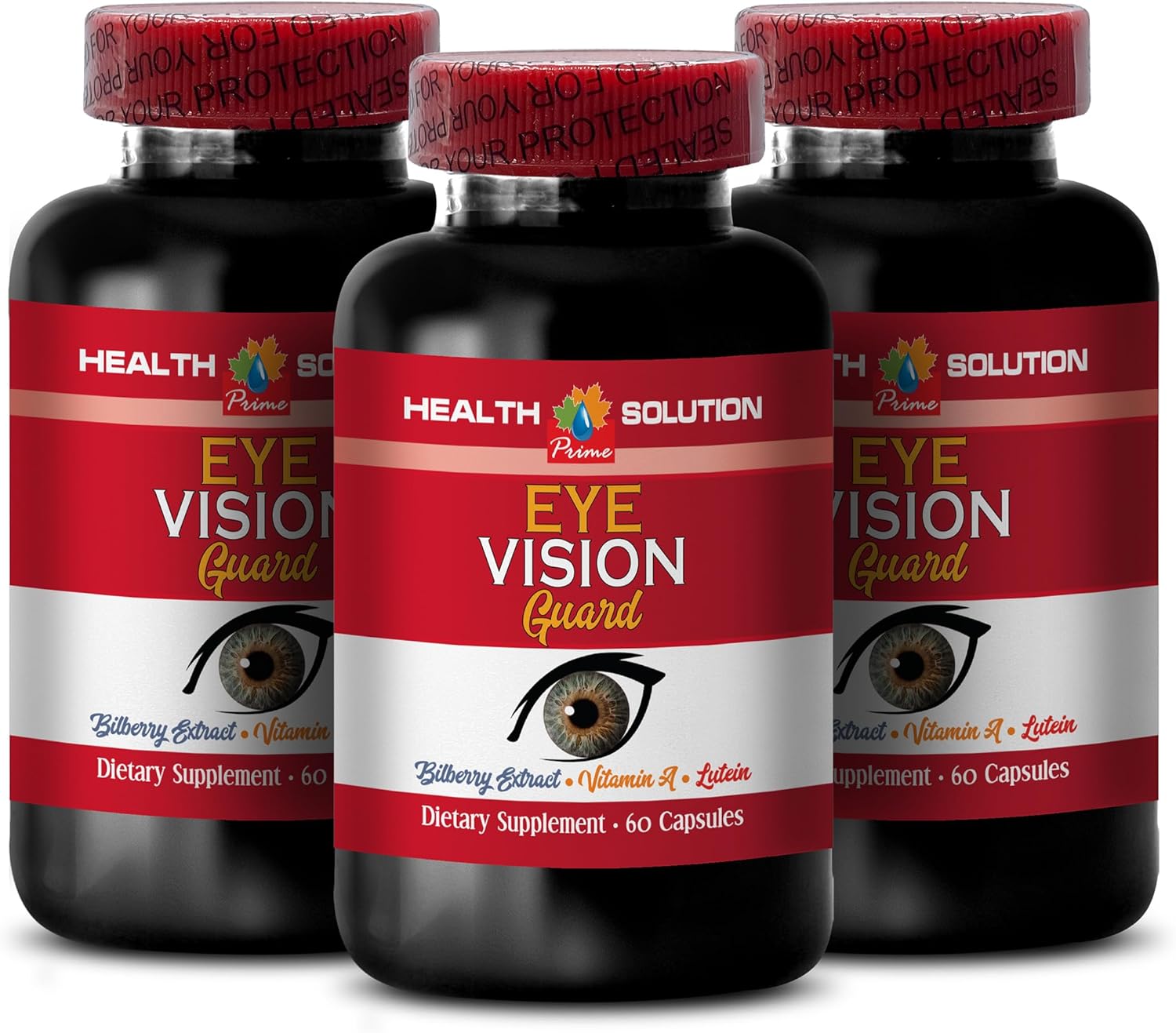
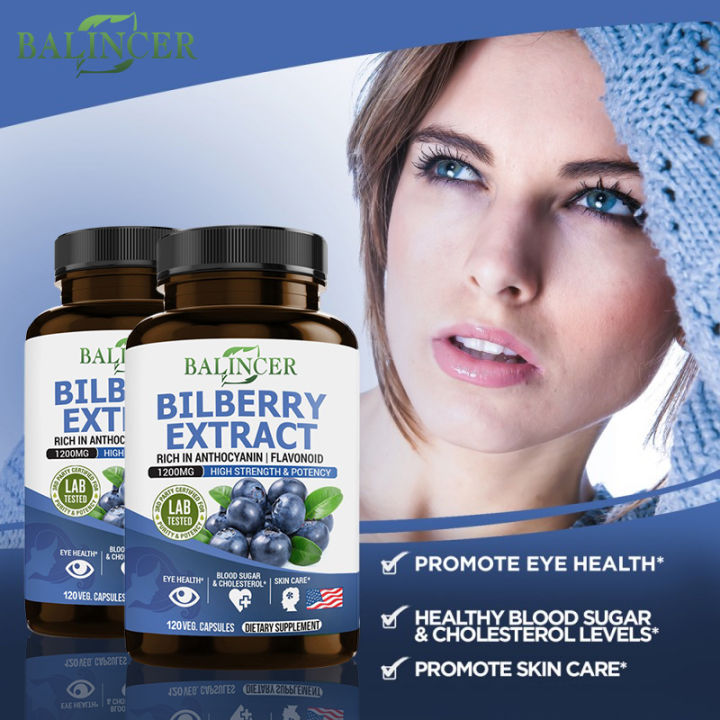
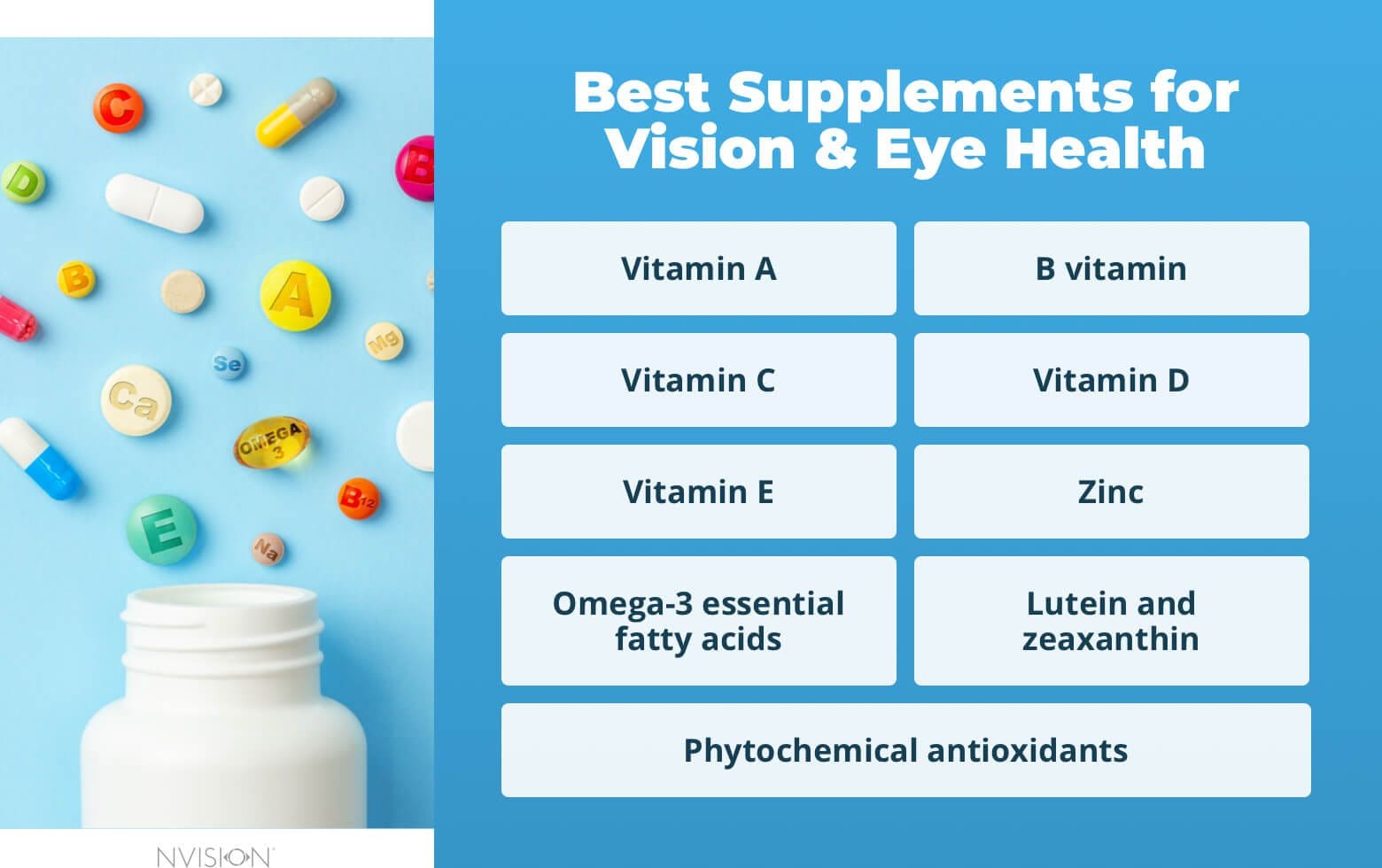

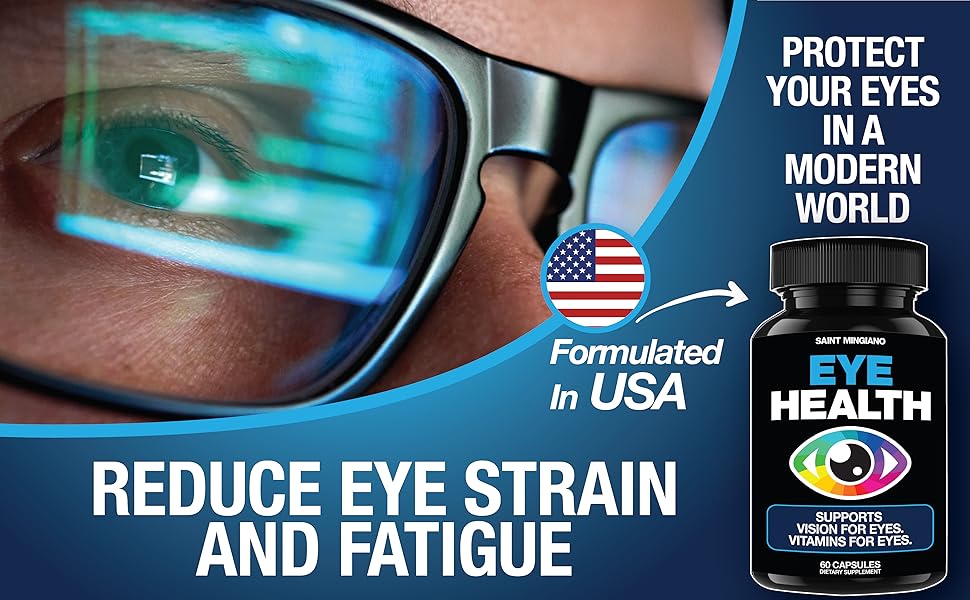
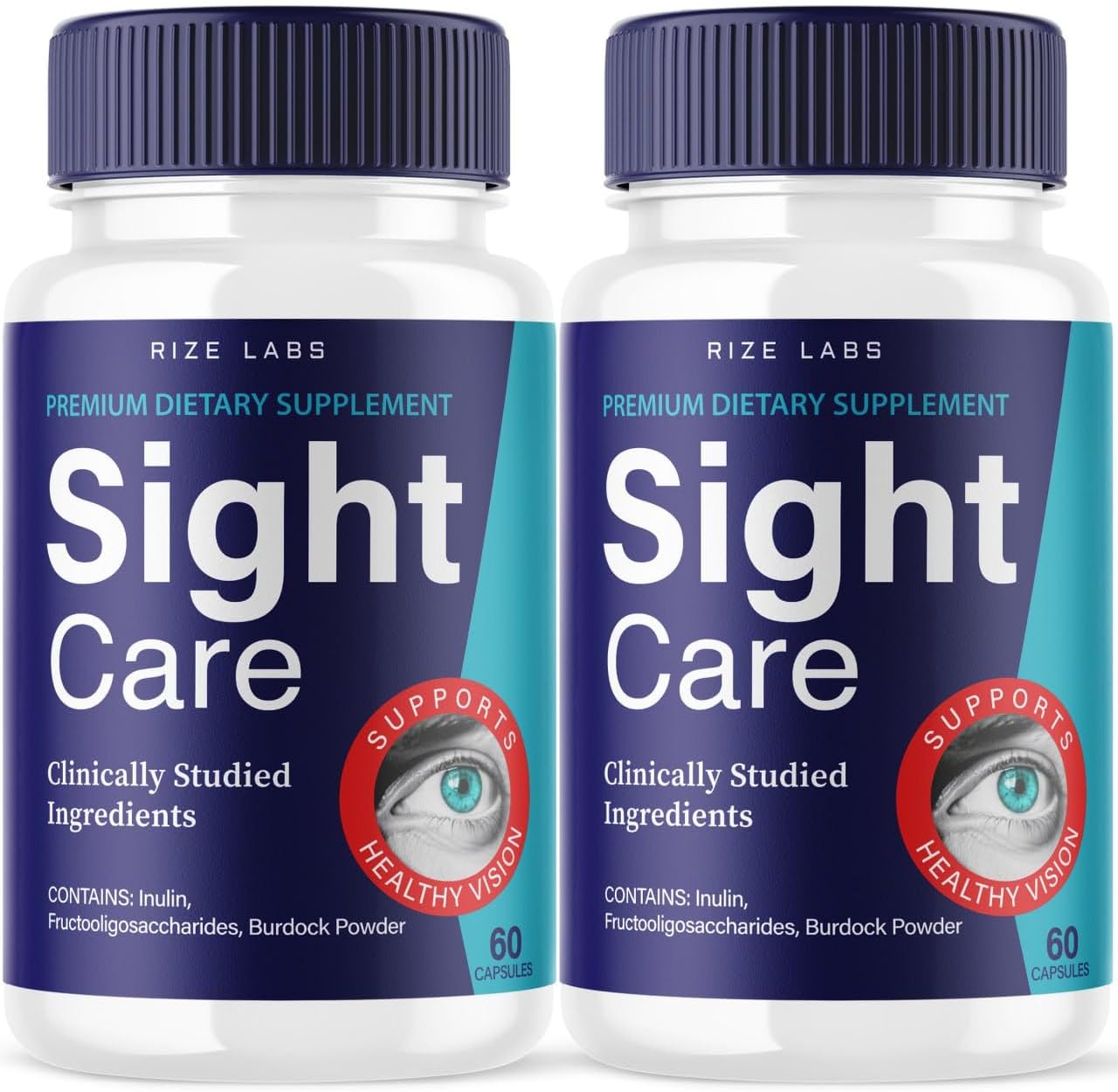
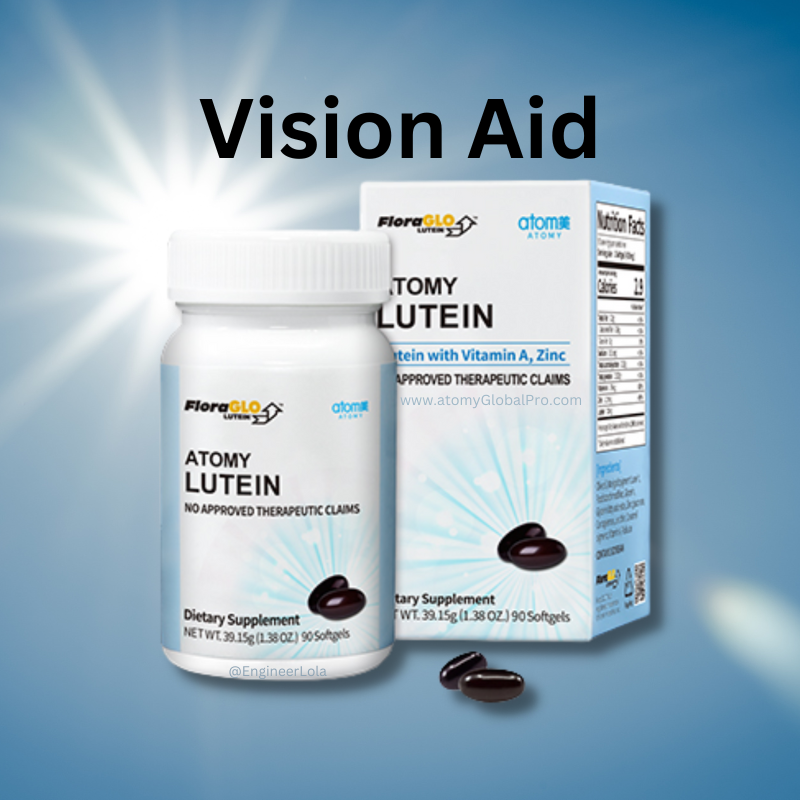

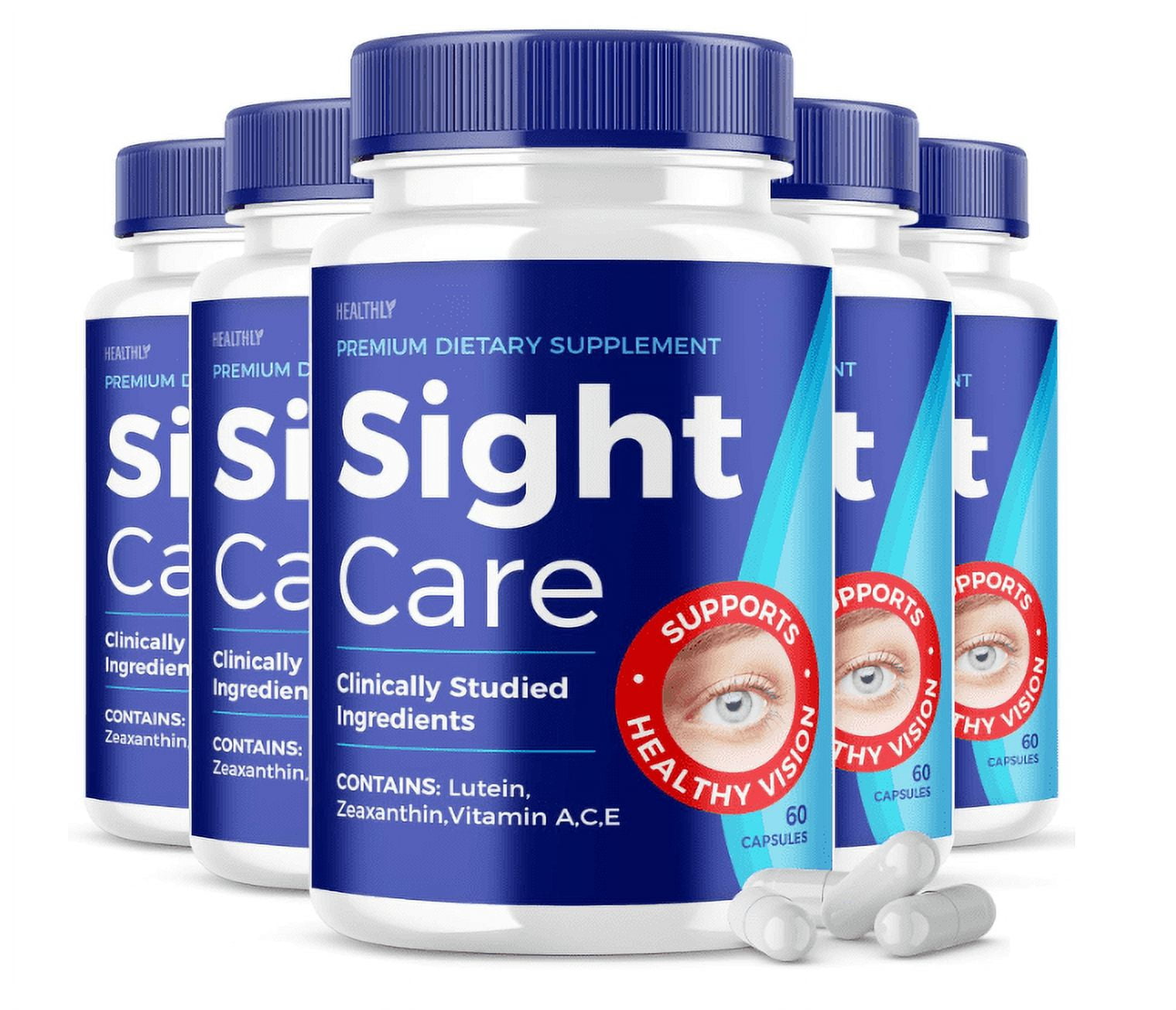
.jpg)

